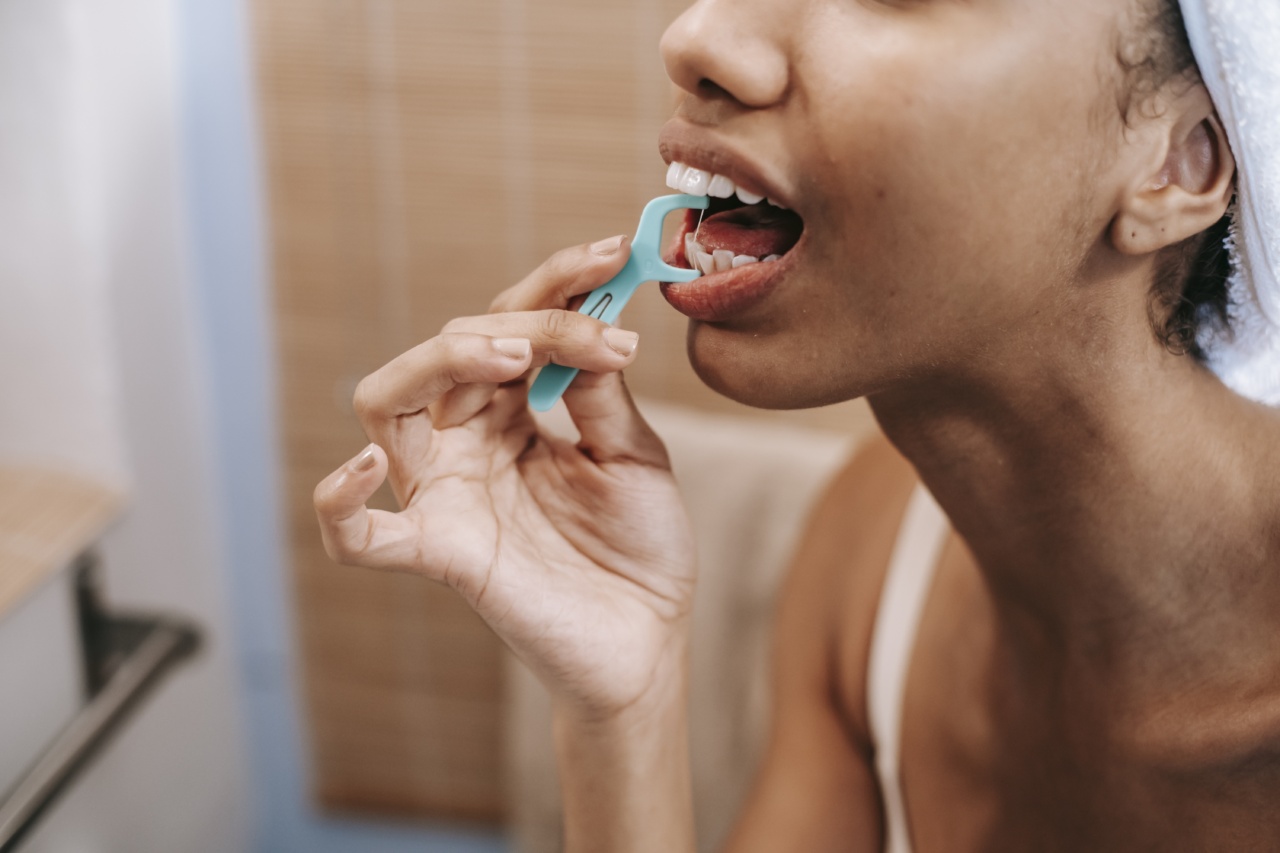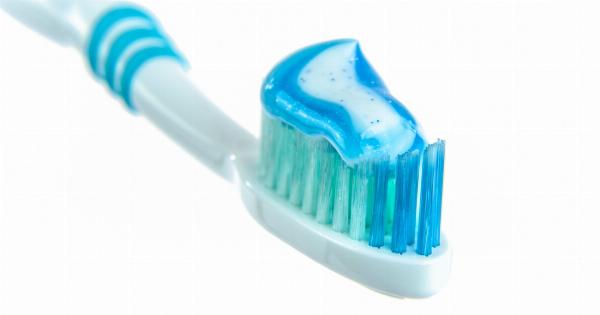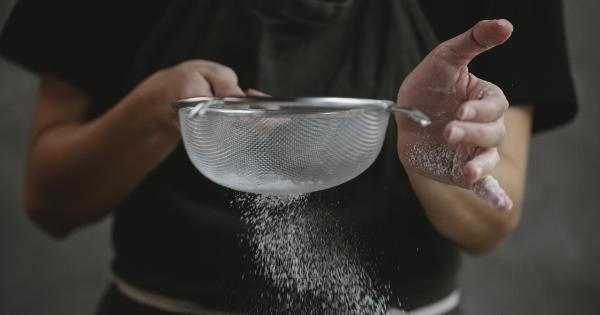Dental hygiene is an essential part of maintaining oral health. While brushing your teeth twice a day is crucial, it is equally important to floss regularly.
Dental flossing helps remove plaque and food particles from places that a toothbrush cannot reach. In this article, we will discuss the do’s and don’ts of dental flossing, highlighting the correct techniques and common mistakes to avoid.
The Importance of Dental Flossing
Flossing is a vital step in oral hygiene as it complements tooth brushing in preventing tooth decay and gum disease. Here’s why dental flossing is crucial:.
Do: Choose the Right Dental Floss
The first step in effective dental flossing is choosing the right type of dental floss. There are various options available in the market, including waxed, unwaxed, flavored, and thicker floss for those with wider gaps between their teeth.
Consider your specific dental needs and personal preferences when selecting dental floss.
Don’t: Forget to Wash or Sanitize Your Hands
Before you start flossing your teeth, ensure that your hands are clean and free from any harmful bacteria. Washing your hands with soap and warm water is recommended. Alternatively, you can use a hand sanitizer to kill any germs present on your hands.
Do: Use the Correct Flossing Technique
Proper flossing technique is essential to ensure effective removal of plaque and food particles. Follow these steps for optimal results:.
Don’t: Use Excessive Force
Avoid using excessive force while flossing, as it may lead to gum irritation and bleeding. The floss should be gently inserted between the teeth using a back-and-forth motion. Be cautious not to snap or force the floss into the gums.
Do: Floss Once a Day
Flossing should be a daily habit. Make it a part of your oral hygiene routine and allocate a specific time to floss your teeth. Flossing before brushing your teeth is generally recommended by dental professionals.
Don’t: Reuse Dental Floss
It is crucial to use a fresh section of dental floss for each tooth. Reusing floss can transfer bacteria and food particles from one tooth to another, rendering the flossing process ineffective.
Do: Be Thorough and Reach all Teeth
Ensure that you floss all your teeth, including the hard-to-reach areas at the back of your mouth. Take your time to clean between each tooth, moving the floss gently in a C-shape motion to cover both sides of the tooth.
Don’t: Neglect Flossing Dental Work
If you have dental work such as crowns, bridges, or dental implants, it is crucial to floss around these areas as well. Proper cleaning and maintenance of dental work can significantly extend its lifespan and prevent complications.
Do: Seek Professional Guidance
If you are unsure about the correct flossing technique or have specific dental concerns, it is always advisable to seek guidance from a dental professional.
They can demonstrate the proper technique and provide personalized advice based on your oral health.
Don’t: Substitute Flossing with Alternatives
While water flossers and interdental brushes can be helpful additions to your oral hygiene routine, they should not be substitutes for traditional dental flossing.
These tools may complement the flossing process but cannot fully replace the effectiveness of dental floss.
Conclusion
Dental flossing is an integral part of maintaining good oral hygiene. By following the correct techniques and avoiding common mistakes, you can ensure that your teeth and gums remain healthy.
Remember to choose the right dental floss, practice proper flossing techniques, and make flossing a part of your daily routine. Regular dental check-ups and professional cleanings are also essential for optimum oral health.




























